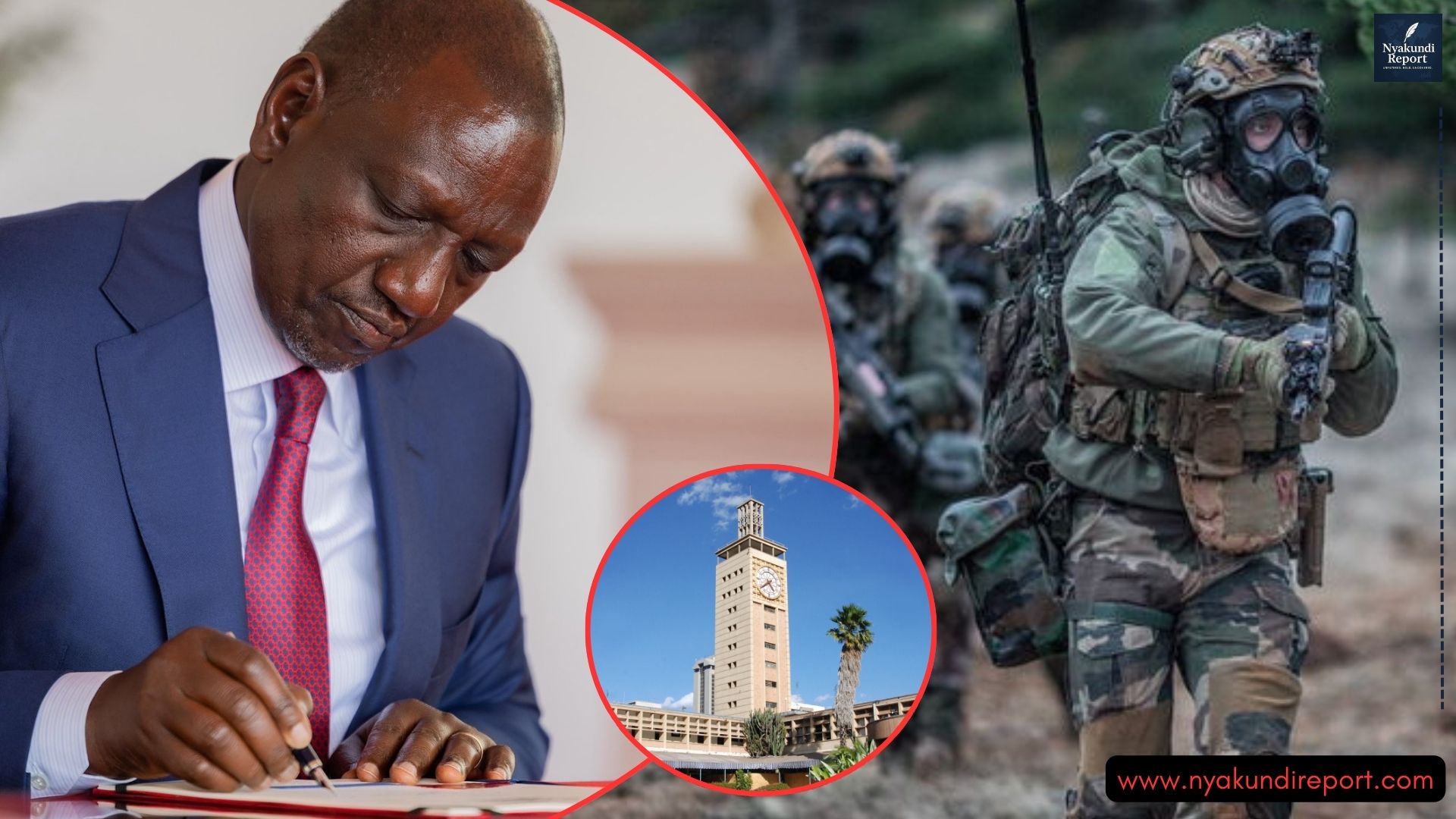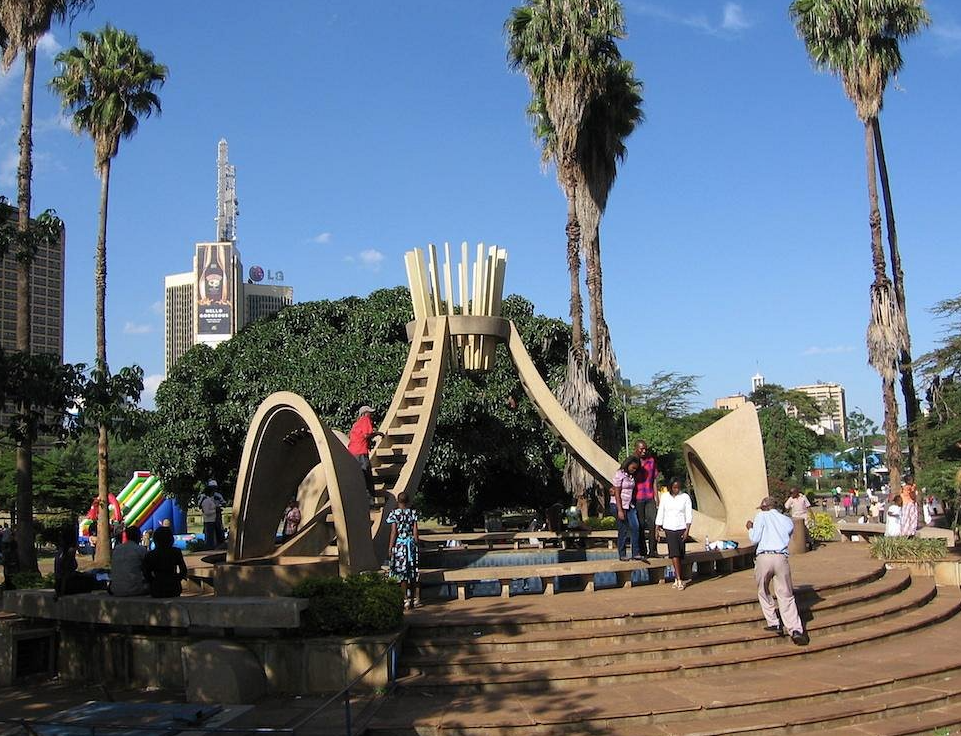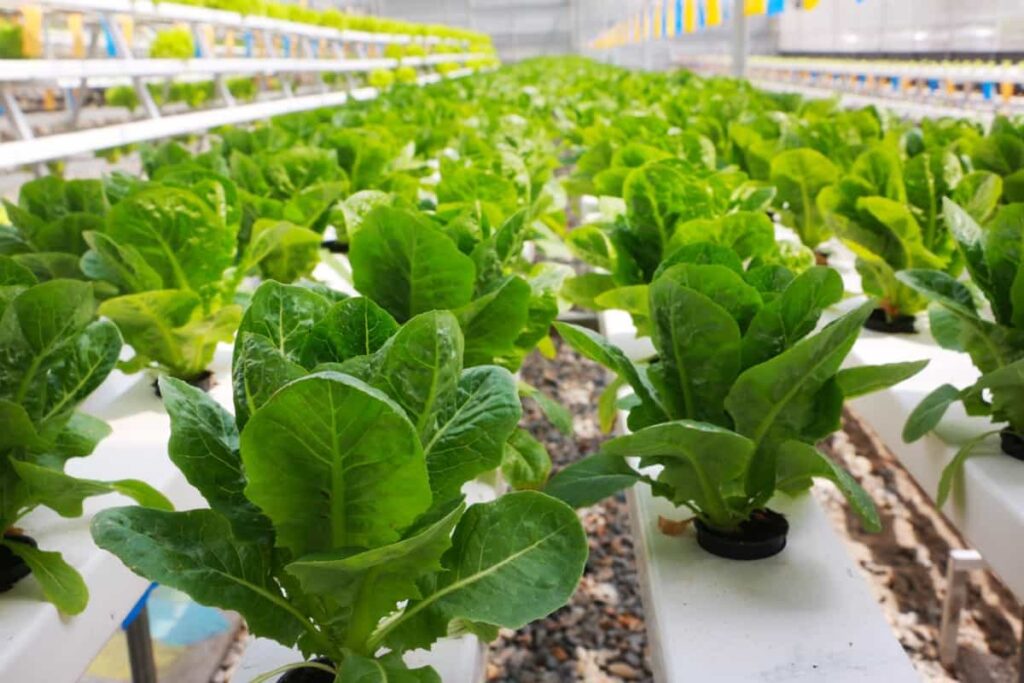Equatorial Climate Uncovered: What Makes It So Unique and Lush?
Ever wondered why rainforests near the equator are so green, hot, and full of life?
Welcome to the world of equatorial climate — where it’s summer all year round.
Additionally, rain is as regular as your morning coffee, and nature thrives like nowhere else on Earth.
In this blog post, we explore the characteristics of the equatorial climate, what makes it special, and how it shapes ecosystems and human life.

It’s Hot All Year — Seriously!
Equatorial regions receive consistent solar radiation throughout the year because they lie along the equator.
Therefore, this is where the sun’s rays strike the Earth most directly.
This results in high average temperatures between 25°C and 28°C (77°F – 82°F) with minimal variation.
- There are no distinct seasons like winter or summer.
- Day-to-day temperature remains stable, and the difference between the hottest and coldest months is rarely more than 2°C.
- Nights are only slightly cooler, offering little relief from the heat.
Rain, Rain… and More Rain
Thanks to the Intertropical Convergence Zone (ITCZ) — a belt of low pressure that circles the Earth near the equator.
Indeed— these regions experience near-daily rainfall.
- Annual precipitation can exceed 2,000 to 3,000 mm (79–118 inches).
- Rain often falls in the afternoon after a hot, humid morning, typically in the form of short, intense thunderstorms.
- There’s no true “dry season,” though some equatorial regions experience slightly drier months.
High Humidity = The Air Feels Heavy
With persistent rainfall and dense vegetation, humidity levels typically hover around 80–90%.
- This high humidity makes the air feel warmer and stickier than the temperature might suggest.
- It contributes to the lush, green environment and supports a vibrant ecosystem.
- Humidity is highest in the morning and after rainfall.
Lush Greenery and Insane Biodiversity
Equatorial climates are home to the world’s most biologically diverse ecosystems, especially tropical rainforests.
- Regions like the Amazon Basin, Congo Basin, and Southeast Asian forests teem with life.
- Thousands of plant species, insects, birds, reptiles, and mammals coexist in these biodiverse zones.
- Plants have adapted to the constant moisture and compete for sunlight with broad leaves and tall canopies.
Surprise: The Soils Aren’t That Great
Despite the visible greenery, soils in equatorial regions are often nutrient-poor, mainly due to leaching (where heavy rains wash away minerals).
- Nutrients are quickly absorbed by plants or lost to the deep layers of the soil.
- Once the forest cover is removed, fertility drops rapidly, making agriculture unsustainable without fertilizers.
- The forest’s nutrient cycle is self-contained — most nutrients are stored in the biomass.
No Seasons? No Problem.
In equatorial zones, days and nights are nearly equal in length (around 12 hours each) all year long.
- The sun rises and sets at almost the same time daily.
- This regularity influences the circadian rhythms of both humans and wildlife.
- While there might be slightly wetter or drier months, there are no dramatic seasonal changes.
Thunderstorms Are the Norm
With high temperatures and humidity, convectional rainfall is a daily affair.
- Afternoon thunderstorms are frequent, often accompanied by lightning and thunder.
- These storms play a critical role in replenishing groundwater and maintaining the hydrological cycle.
- They also contribute to the dynamic and ever-changing atmosphere of equatorial zones.
How It Affects People Living There
Human life in equatorial regions is heavily influenced by the climate.
- Agriculture: Crops like bananas, cocoa, coffee, and rubber thrive here, though farmers must deal with flooding and pests.
- Health: The warm, wet environment promotes diseases like malaria, dengue, and waterborne illnesses.
- Architecture: Houses are often raised, ventilated, and built with materials that withstand heat and moisture.
- Lifestyle: Clothing is light, and daily routines adapt to avoid peak heat or heavy rains.
Final Thoughts: Why Equatorial Climate Matters
Equatorial regions may make up a small percentage of the Earth’s surface, but they are critical for maintaining global biodiversity and climate stability.
- They act as the planet’s lungs, absorbing CO2 and producing oxygen.
- Deforestation, climate change, and human exploitation threaten their balance.
- Protecting these regions is essential for the health of the entire planet.
So the next time you marvel at a photo of the Amazon or Congo rainforest, remember: the equatorial climate is the magic behind it all. 🌧️🌳






































